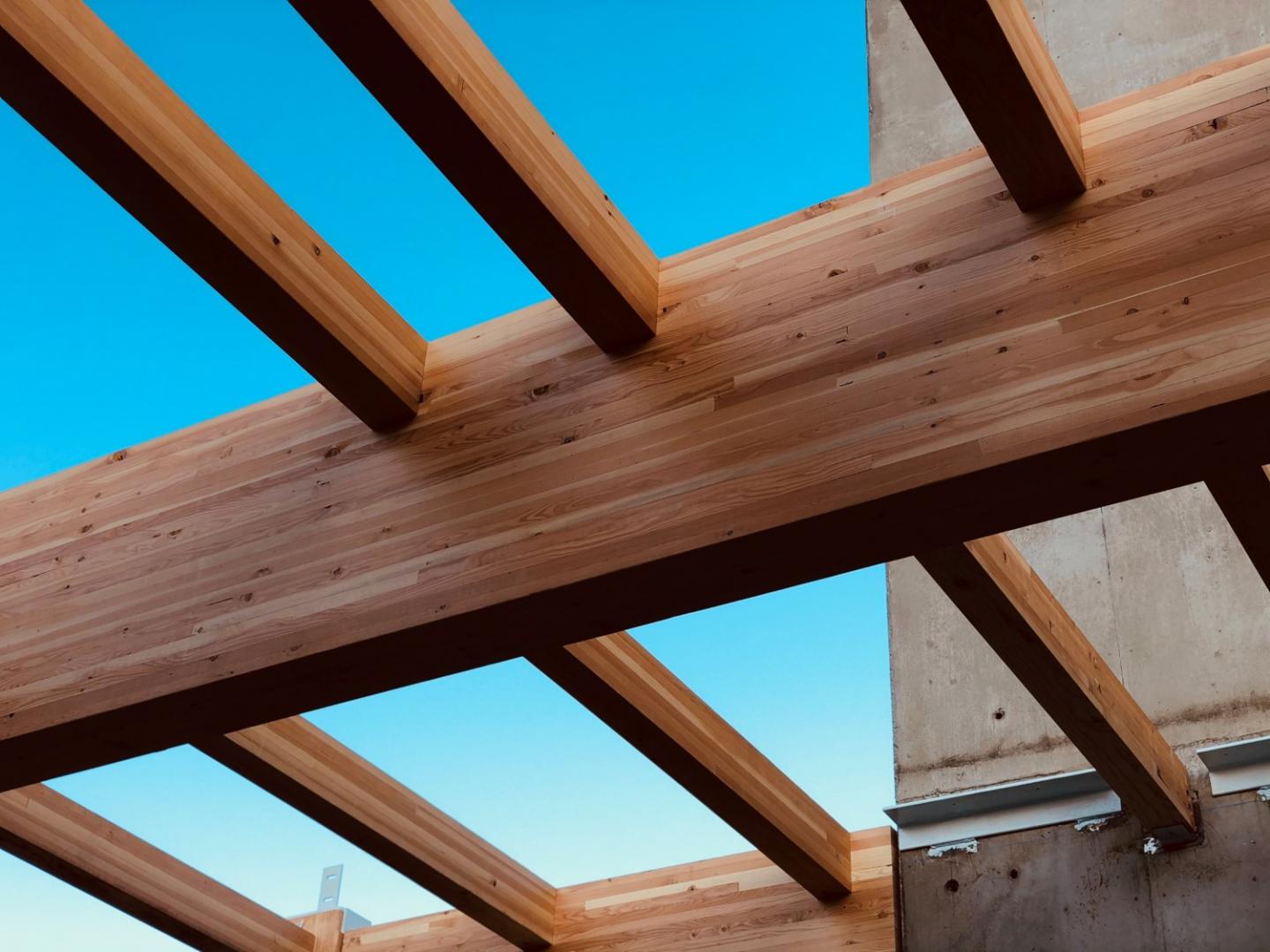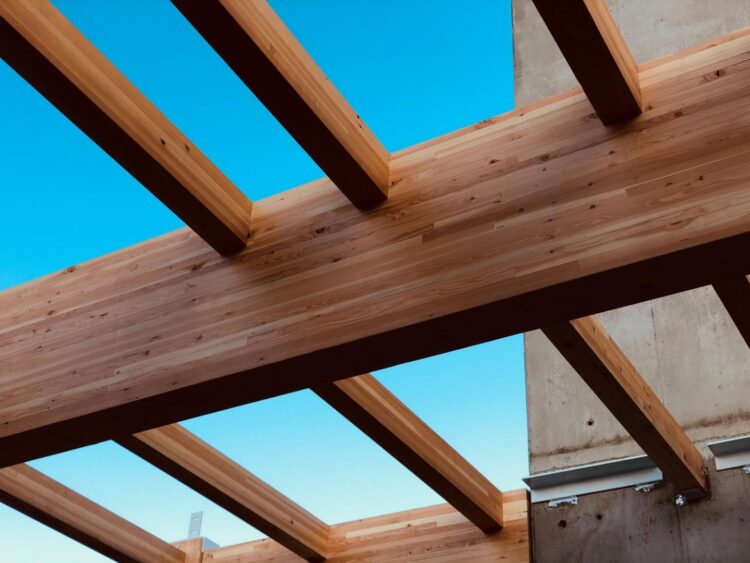
Credit: Oregon State University
CORVALLIS, Ore. – At a time when lumber prices are skyrocketing, an Oregon State University researcher has developed a new way to predict the future price of logs that uses readily accessible economic information.
“Log prices are really variable,” said Jeff Reimer, a professor of applied economics at Oregon State. “That makes this a difficult business, whether you are land manager, mill owner, timberland investor or, as we are seeing now, a home builder.”
The timber industry is critical to the economy of many regions of the world, including the Pacific Northwest. The health of the timber industry can be measured in various ways, including harvest levels, employment in timber harvesting and at mills, and lumber demand. Yet the prices of cut and delivered logs may be the most direct way to monitor the condition of timber markets, Reimer said.
Reimer’s study, recently published in the journal Forest Policy and Economics, focused on Douglas-fir, the most commercially important timber species in the Pacific Northwest.
He found that simply knowing the number of housing permits issued in a month can explain about 46.8% of the variation in log prices over time. Adding additional information – including the monthly inventory of homes, mortgage rates, the exchange rate with Canada (also a big timber supplier) and the Case-Shiller home price index – explains about 74.3% of the price variation.
“These variables are readily observable and thus can be used by industry decision-makers to make better predictions about future values of logs and timberland,” said Reimer, a professor in Oregon State’s College of Agricultural Sciences.
In the paper, Reimer cites data that shows the average price of Douglas-fir logs between 2005 and 2020 was $631 per MBF (a forestry term for 1,000 board feet of lumber) of mill logs in southern Oregon. One board foot of lumber is 1 square foot and 1-inch thick.
Yet this average disguises a great deal of variation in price. From 2005 to 2020, the price ranged from $346 per MBF to $924 per MBF. The difference between the minimum and maximum was $578, nearly as large as the 15-year average price itself.
Since the paper was written, lumber prices have increased more, reaching the $1,000 per MBF range. The National Association of Home Builders recently released a report that said lumber prices have added an average of $24,000 to the cost of a new home.
“Right now log prices are phenomenally high,” Reimer said. “It can feel like feast or famine in this industry but there is a logic that underlies the changes. The benefit of this paper is that we have identified a few pieces of readily observable information that allow people in the timber industry to make solid predictions about what will be happening in the next six months or so.”
###
Media Contact
Sean Nealon
[email protected]
Original Source
https:/





